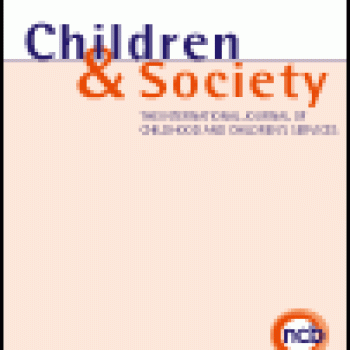Publication Information

The Sustainable Development Goals (SDGs) came into force on 1 January 2016. Sometimes called Global Goals, the SDGs succeed the Millennium Development Goals (MDGs), and represent the second, 15 year, stage of delivering on the Millennium Declaration. The SDGs reflect a much changed world than when the MDGs were set in place in 2000.
Since the millennium, there has been considerable economic growth in many countries, with many graduating from so called low- to middle-income status. The world has the largest ever generation of young people, most of whom live in low- and middle-income countries. There is huge potential for a ‘demographic dividend’ for fast changing low- and middle-income countries given large numbers of young people. Equally there is a pressing need to provide economic, social and political opportunities for this generation. Wider access now exists in many countries to basic services, schooling and to social protection, and access to technology has increased. However, there is also high and entrenched economic and social inequality in many countries. Very significant numbers of children remain exposed to interpersonal and societal conflict, as well as the threats posed by climate change and unsustainable development.
The SDGs are expansive in scope and universal in application. The goals were agreed by the world's governments through the UN's General Assembly, with initial thinking framed by the work of the High Level Panel on the 2015 agenda co-chaired by leaders from Indonesia, Liberia and the UK. The panel proposed transformational shifts to support delivering the goals. Of these shifts, the need for the goals to ‘leave no one behind’ has gained particular prominence.
This article outlines first what the SDGs are, and key differences from the predecessor MDGs. Next, the article sets the goals in the context of a changing world which poses particular challenges for children and young people. The review then discusses key challenges to achieving the SDGs, with a particular focus on children growing up in low- and middle-income countries, rather than in higher income OECD countries. Although it should be noted that concepts like ‘leave no one behind’ surely have relevance for citizens and governments in high-income countries.
Download Children, Poverty and the Sustainable Development Goals by Paul Dornan.

The Sustainable Development Goals (SDGs) came into force on 1 January 2016. Sometimes called Global Goals, the SDGs succeed the Millennium Development Goals (MDGs), and represent the second, 15 year, stage of delivering on the Millennium Declaration. The SDGs reflect a much changed world than when the MDGs were set in place in 2000.
Since the millennium, there has been considerable economic growth in many countries, with many graduating from so called low- to middle-income status. The world has the largest ever generation of young people, most of whom live in low- and middle-income countries. There is huge potential for a ‘demographic dividend’ for fast changing low- and middle-income countries given large numbers of young people. Equally there is a pressing need to provide economic, social and political opportunities for this generation. Wider access now exists in many countries to basic services, schooling and to social protection, and access to technology has increased. However, there is also high and entrenched economic and social inequality in many countries. Very significant numbers of children remain exposed to interpersonal and societal conflict, as well as the threats posed by climate change and unsustainable development.
The SDGs are expansive in scope and universal in application. The goals were agreed by the world's governments through the UN's General Assembly, with initial thinking framed by the work of the High Level Panel on the 2015 agenda co-chaired by leaders from Indonesia, Liberia and the UK. The panel proposed transformational shifts to support delivering the goals. Of these shifts, the need for the goals to ‘leave no one behind’ has gained particular prominence.
This article outlines first what the SDGs are, and key differences from the predecessor MDGs. Next, the article sets the goals in the context of a changing world which poses particular challenges for children and young people. The review then discusses key challenges to achieving the SDGs, with a particular focus on children growing up in low- and middle-income countries, rather than in higher income OECD countries. Although it should be noted that concepts like ‘leave no one behind’ surely have relevance for citizens and governments in high-income countries.
Download Children, Poverty and the Sustainable Development Goals by Paul Dornan.

